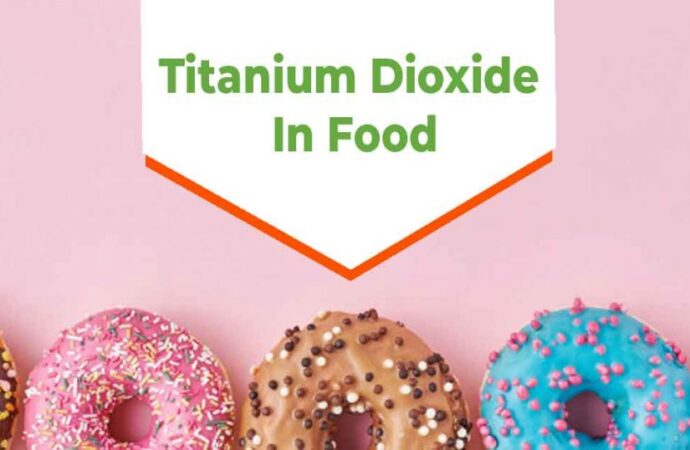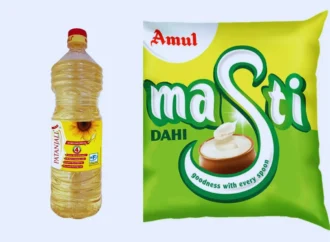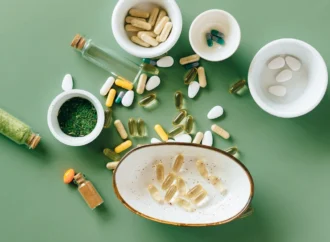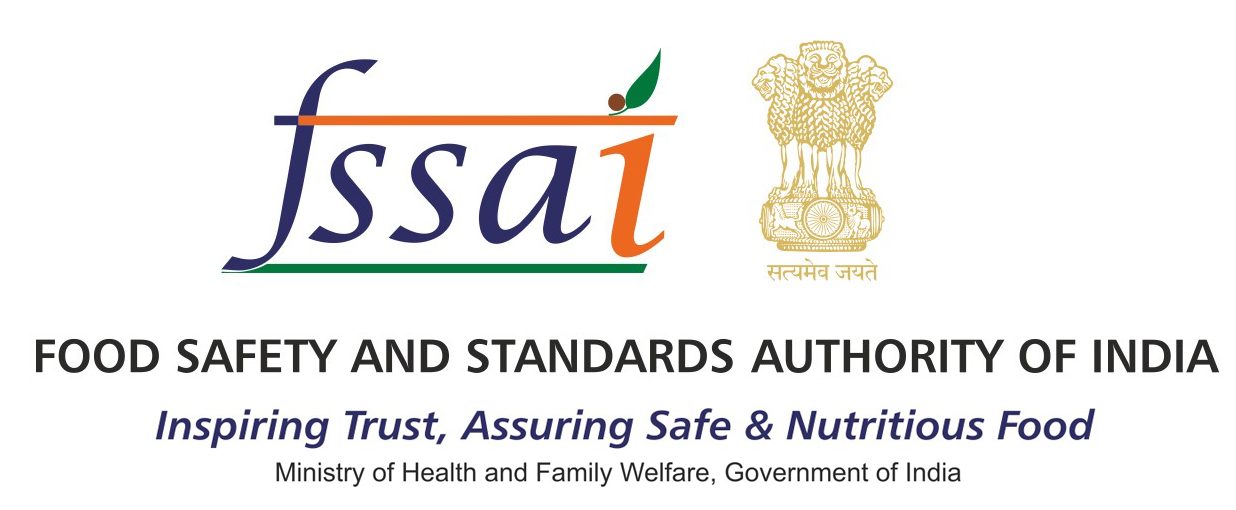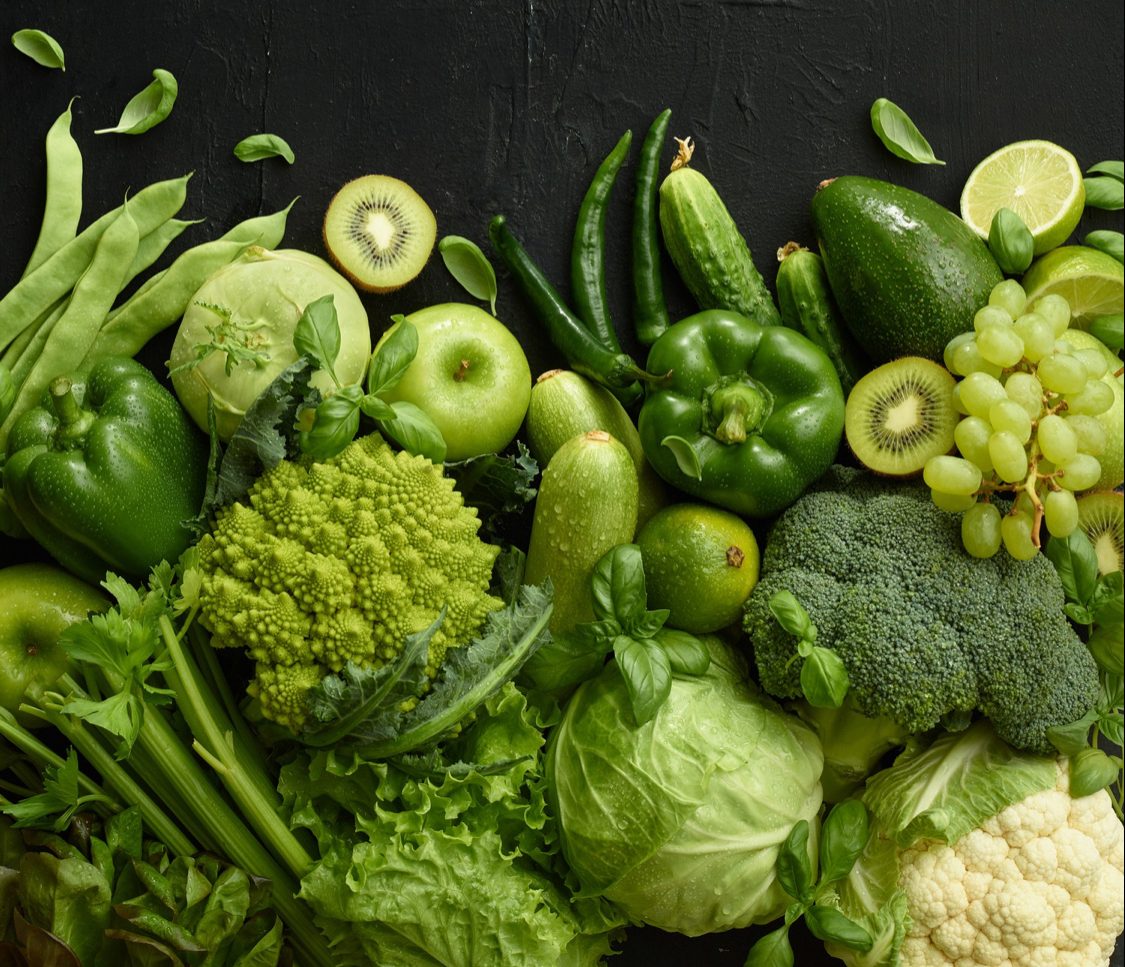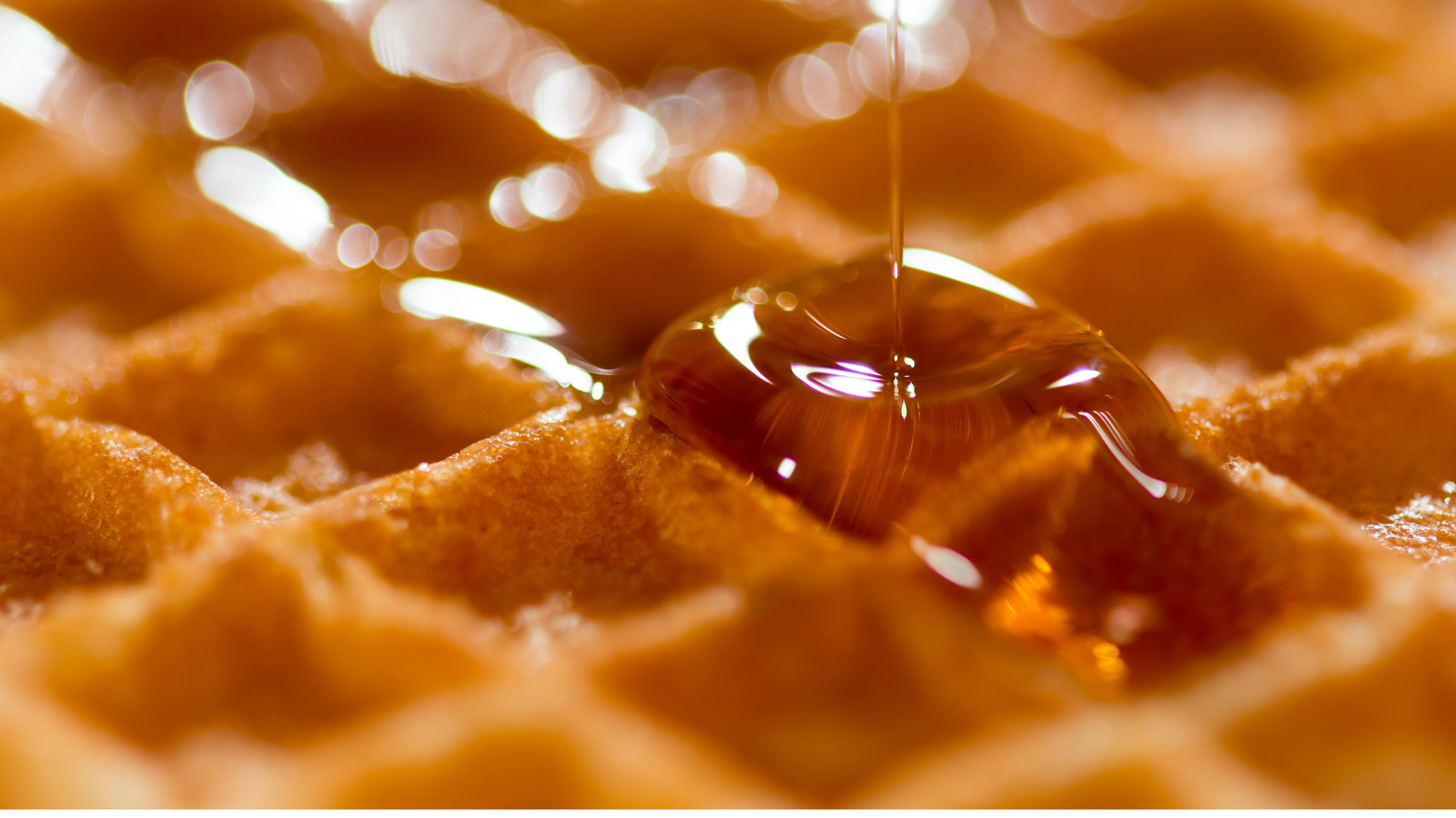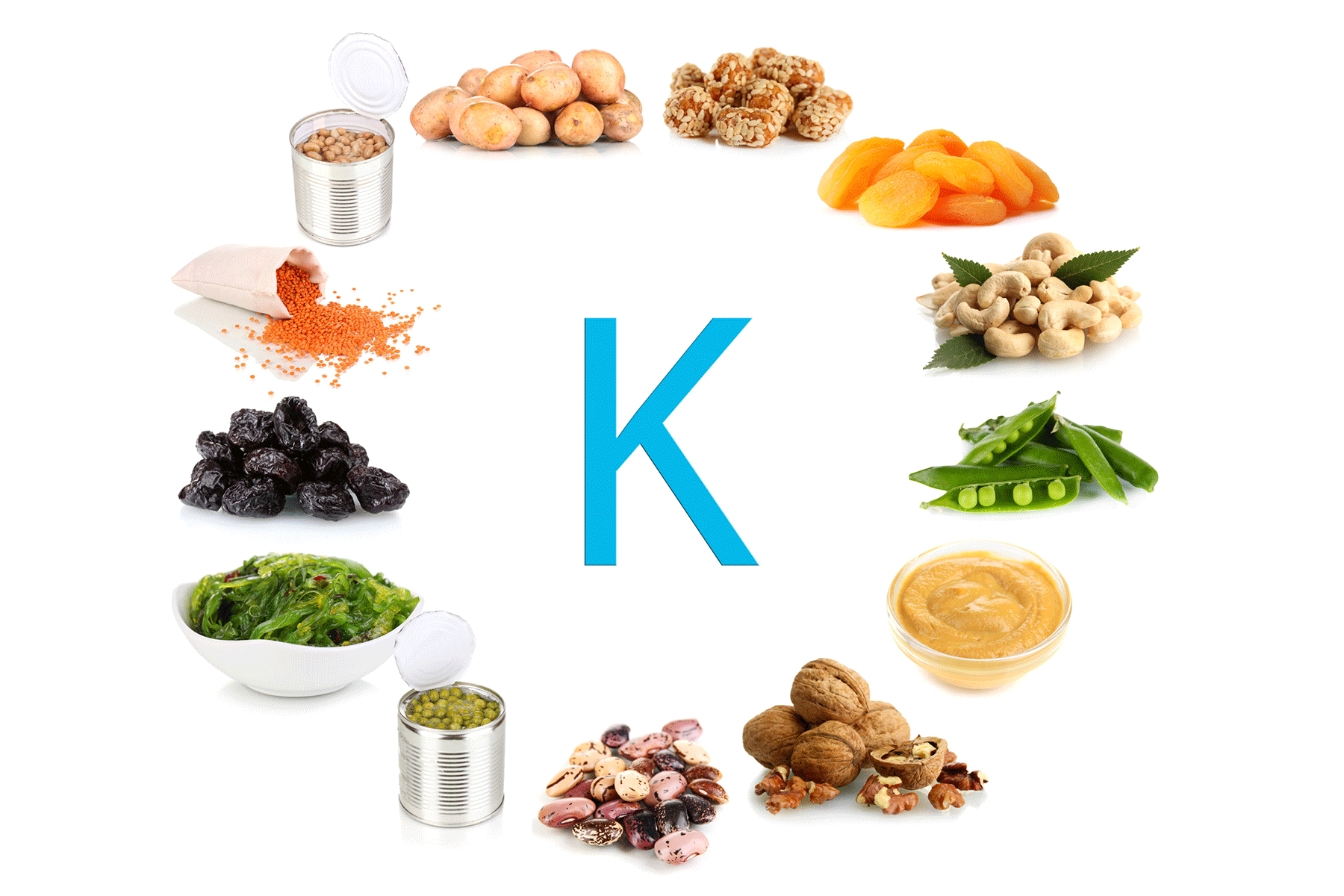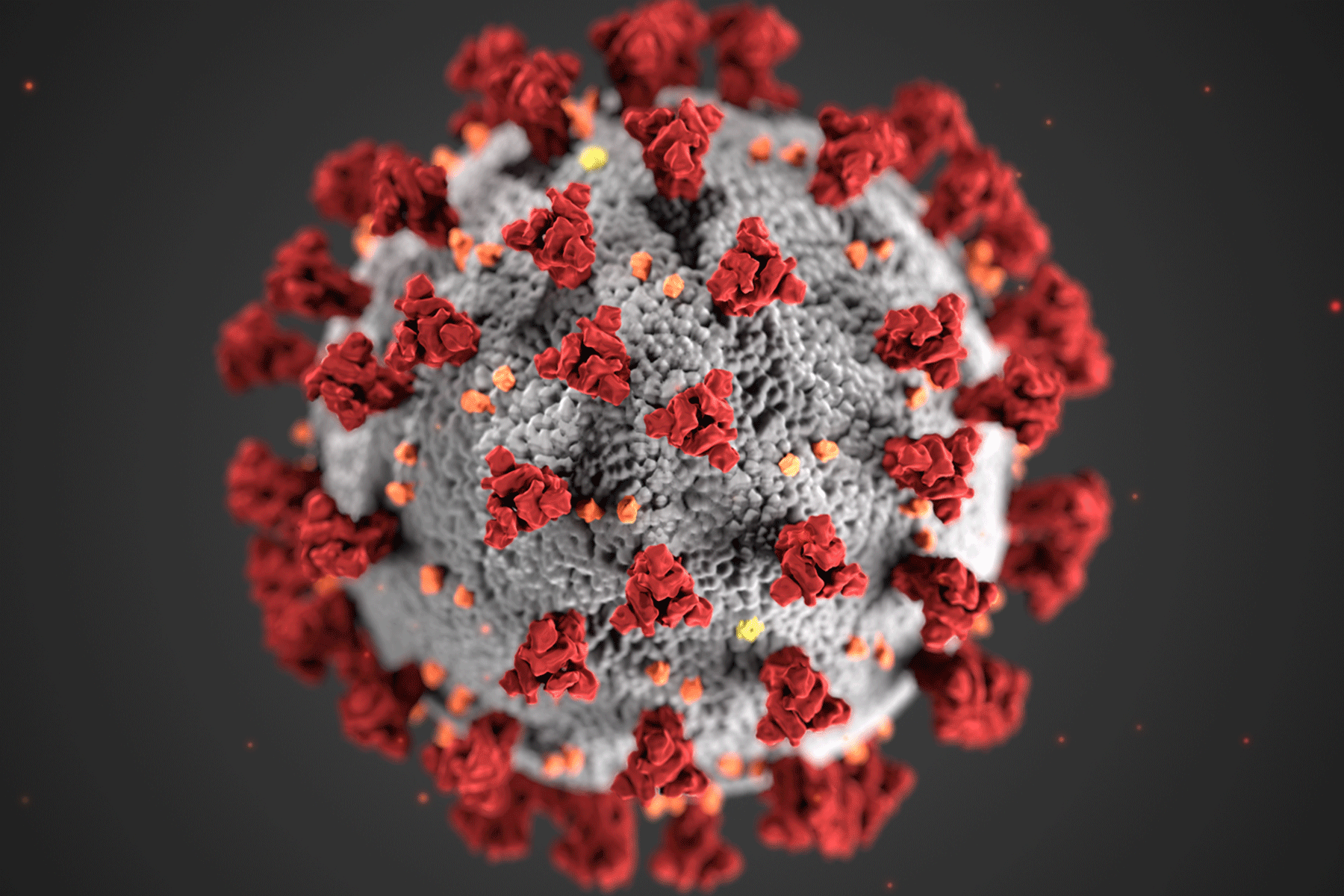Titanium dioxide (TiO₂) is a common white pigment that manufacturers use in everyday products like candies, ice cream, salad dressings, and even frozen pizzas. It brightens and enhances the appearance of food, but growing concerns have emerged about its safety in consumption. The U.S. Food and Drug Administration (FDA) approves its use in small amounts, but Europe has banned it due to potential health risks, particularly for vulnerable populations. As processed food consumption rises in India, the country should reconsider the safety of titanium dioxide in food products and align with global standards to protect public health.
What Is Titanium Dioxide Used For?

Titanium dioxide serves multiple purposes in the food industry, primarily as a whitening agent to enhance the visual appeal of products. It commonly appears in:
- Candy: Titanium dioxide enhances the vibrancy of sweets like Skittles and Jell-O.
- Ice Cream: Many ice cream brands use it to maintain a consistent white appearance.
- Salad Dressings: It helps preserve the texture and appearance of creamy dressings.
- Chewing Gum: Certain chewing gum brands add it to boost colour.
- Frozen Foods: Frozen pizzas and packaged meals often contain it.
- Drink Mixes: Drink powders like Tang include this additive.
Besides food, manufacturers also use titanium dioxide in sunscreens, cosmetics, paints, and plastics due to its effective whitening and UV-filtering properties.
The Health Risks of Titanium Dioxide
Although the FDA deems titanium dioxide safe in small quantities, scientists and consumer advocates have raised concerns about its health risks, particularly at higher doses. Most research on its risks comes from animal studies, primarily involving rodents, which highlight potential issues.
Here are some potential risks associated with titanium dioxide consumption:
- Inflammation and Organ Damage: Animal studies suggest that high doses of titanium dioxide may cause inflammation and organ damage.
- Memory Impairment: Some studies indicate that the chemical might impair memory and cognitive functions in animals.
- DNA Damage and Cancer Risk: Research from the 1980s found that titanium dioxide could cause DNA damage and increase cancer risk, particularly in animals exposed to high doses.
- Bioaccumulation: Titanium dioxide may accumulate in the body over time, leading to potential long-term health concerns.
While most studies point to high levels of exposure as the primary risk, these findings remain significant, particularly for vulnerable populations like children, the elderly, and those with weakened immune systems.
Why Has Titanium Dioxide Been Banned in Europe?
In 2022, the European Food Safety Authority (EFSA) banned titanium dioxide in food, citing significant safety concerns. EFSA concluded that titanium dioxide could potentially cause DNA and chromosomal damage, which might lead to cancer.
The ban followed years of research and review, with key findings including:
- DNA and Chromosomal Damage: Titanium dioxide may harm genetic material, raising concerns about its cancer-causing potential.
- Inability to Confirm Safety: EFSA determined that it could not confirm the safety of titanium dioxide, which led to its removal from food products.
Europe’s decision to ban titanium dioxide reflects the precautionary principle, which calls for banning substances whose safety cannot be fully assured.
Why India Should Consider a Ban
India currently allows the use of titanium dioxide in food products, but it is crucial to reconsider this decision in light of growing evidence linking the substance to potential health risks. Vulnerable groups, such as children, the elderly, and those with chronic health conditions, face a higher risk of harm from titanium dioxide.
Here’s why India should consider a ban:
- Rising Consumption of Processed Foods: As processed food consumption increases in India, titanium dioxide is becoming more common in everyday products.
- Vulnerable Populations: Children and immunocompromised individuals are particularly at risk of the potential harmful effects of titanium dioxide.
- Global Standards: With Europe already taking action, aligning with international food safety standards would be a prudent move for India.
- Precautionary Approach: Given the uncertainty around the safety of titanium dioxide, India should adopt a cautious stance, especially when safer alternatives are available.
Benefits of a Ban in India
Implementing a ban on titanium dioxide would offer several benefits:
- Public Health Protection: A ban would reduce the exposure of vulnerable populations to the potential risks associated with titanium dioxide.
- Consumer Confidence: Aligning with international standards would boost consumer trust in India’s food safety regulations.
- Encouragement of Natural Alternatives: The ban would encourage food manufacturers to seek safer, more natural alternatives for enhancing the appearance of food products.
Conclusion: A Call for Action
While titanium dioxide may seem harmless in small amounts, growing research highlights its potential risks, such as inflammation, organ damage, and genetic harm. While the FDA deems it safe in limited quantities, Europe’s ban reflects a more cautious approach that India should adopt. India has a chance to prioritize public health, protect vulnerable populations, and align with global standards by banning titanium dioxide. This move would reinforce food safety and show commitment to consumer health.
Key Takeaways
- Titanium dioxide is used in candy, ice cream, and salad dressings to enhance appearance.
- While FDA-approved, the EU banned it due to concerns about DNA damage and cancer risks.
- A ban in India would protect public health, especially vulnerable groups.
- Aligning with international standards would build consumer trust and encourage the use of safer alternatives.
 Food Manifest
Food Manifest 